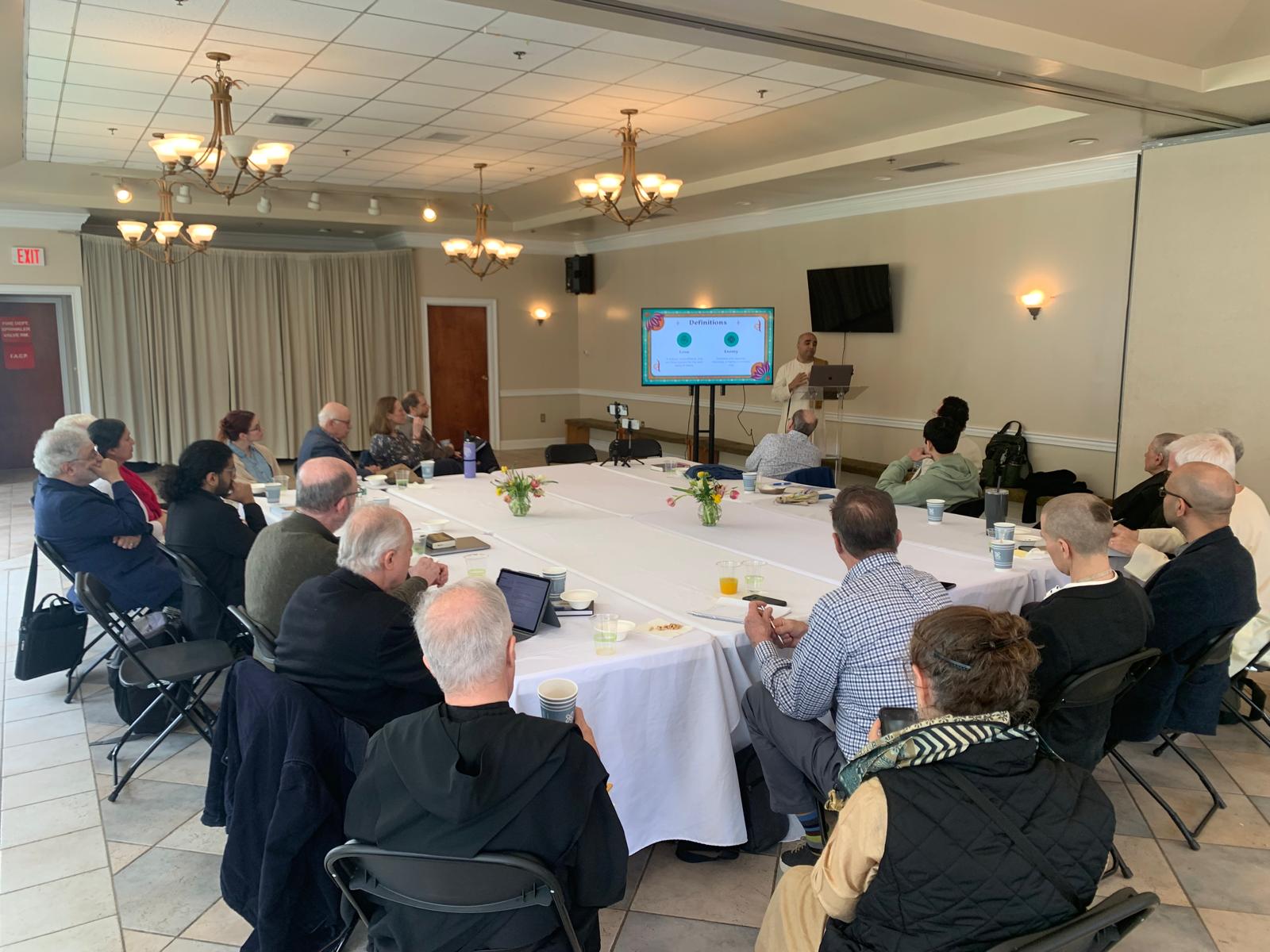History and Ethics of Genetic Engineering
By The Late Dr. T.D. Singh | Mar 21, 2009

In 1966, B. Weiss and C.C. Richardson isolated DNA ligase, an enzyme that could be used to “ligate” or paste together two strands of DNA. Thus, researchers could now attach two or more DNA molecules or break it into fragments. In 1972, Paul Berg used restriction enzyme to cut DNA, and then a ligase to paste two DNA strands together to form a hybrid circular molecule — this was the first “recombinant” DNA. This ushered in a new era of genetic manipulation — what has come to be known as the world of biotechnology — where profitable commercial uses of recombinant DNA became more and more feasible and multiplied.
The advent of molecular techniques for manipulating and editing sequences of a DNA molecule necessitated a need for a way to determine the correct order of the As, Ts, Gs and Cs that make up a unique sequence of DNA (called sequencing). Molecular biologists could not yet read any natural DNA sequences — not even the sequence of a single gene out of the thousands present within a cell. They lacked the text on which to practice their newfound deciphering skills. Thus, they needed some kind of translator for their toolbox in order to read the specific sequences of the genes they were working on. In 1975, Frederick Sanger and Alan Coulson developed the first method for sequencing DNA. Two years later, Walter Gilbert and Allan Maxam devised a method for sequencing DNA using chemicals rather than enzymes. These two strategies made it possible to determine the sequences of DNA fragments a few hundred bases long. Thus, sequencing technology advanced rapidly.
In 1985, Kary Mullis discovered polymerase chain reaction (PCR) — an efficient method for generating a huge number of copies of any segment of DNA. In PCR, two short single-stranded pieces of chemically synthesized DNA, called primers, are added to the double-stranded DNA sample of interest. Upon raising the temperature of the mixtures to 95 degrees Celsius, the double-stranded DNA sample divides into two single-stranded DNA, and the two primers attach to each strand. Enzymes that are added into the mixture then enable the short primers to lengthen and form a complementary strand, thus doubling the number of initial samples.
Like so many great scientific discoveries, the ideas for PCR came as a sudden inspiration. While driving from Berkeley to Mendocino one evening in 1984, Mullis got the insight and inspiration to develop PCR. “I was just driving and thinking about ideas, and suddenly I saw it,” Mullis recalls. “I saw the polymerase chain reaction as clear as if it were up on a blackboard in my head, so I pulled over and started scribbling.” A chemist friend of his was asleep in the car, and, as Mullis described in a special edition of Scientific American: “Jennifer objected groggily to the delay and the light, but I exclaimed I had discovered something fantastic. Unimpressed, she went back to sleep.” Mullis kept scribbling calculations right there in the car until the formula for DNA amplification was complete. Upon arriving at the cabin, Mullis spent the entire night working out the sequence for copying DNA that would become PCR. Mullis received the Nobel Prize in 1993 for this discovery.
The discovery of PCR was a major step in the advancement of molecular biology. Another landmark in the development of molecular biology was cloning. In the newspapers we see a growing interest in the field, even among the common people.
In 1997, cloning topped the charts of scientific and social discourse when Ian Wilmut and his colleagues at the Roslin Institute in Edinburgh, Scotland, cloned a sheep named Dolly. Dolly was the first cloned mammal. Cloning is the process of making a genetically identical organism. It has been used for many years to produce plants (even growing a plant from a cutting is a type of cloning). Animal cloning has been the subject of scientific experiments for years, but garnered little attention until the birth of Dolly. Nature has been cloning organisms for billions of years. For example, when a strawberry plant seeds out a runner (a form of modified stem), a new plant grows where the runner takes root. That new plant is a clone. When we take a leaf cutting from a plant and grow it into a new plant (vegetative propagation), we are cloning the original plant because the new plant has the same genetic makeup as the donor plant.
Since Dolly, several university laboratories and companies have used various modifications of the nuclear transfer technique to produce cloned mammals, including cows, pigs, monkeys, mice and so on. However, cloning has an inherent limitation as far as the understanding of life is concerned. Many people think that by cloning we can have a kind of biological Xeroxing. But we have all witnessed that identical twins, who possess almost identical physical forms (genetic makeup), are actually completely different persons in their talents, interests, levels of intelligence and performance. One could be a scientist and the other an artist.
Suppose today if by biotechnology it were possible to produce a person of the same size and shape of Einstein, will such a person possess the same intelligence and personality of Einstein? The answer is no. Biotechnology cannot copy the spiritual nature of a person. Thus, the idea that life could be mechanistically recreated by incorporating existing DNA into an already existing natural process does not seem to be a correct one and further indicates that life is beyond physical characteristics.
Cloning and genetic engineering have also raised many serious ethical questions and fierce debates among scientists, politicians and the general public. With profound implications for our health, the environment, the future of agriculture and the relationship between human societies and the rest of nature, today’s genetic technologies have aroused worldwide attention.
In recent years, scientists have observed that some genetic elements appear to jump around within a chromosome. There is sophisticated editing of genetic sequences, a wide range of hormonal effects and numerous other phenomena that radically contradict simple, linear models of gene expression. This is one reason why experiments in genetic engineering often yield wildly unpredictable results, such as the petunias whose color genes were doubled in the hope of producing brighter flowers, but instead yielded growing numbers of white flowers, or the pig engineered to produce a human growth hormone, which turned out so weak, arthritic and overweight that it could barely stand up. Genetic engineers find it difficult to predict how a foreign strand of DNA from any organism will interact with the subtle genetic regulatory processes in a given cell.
This article is an excerpt from the late Dr. T.D. Singh’s (Bhakti Svarupa Damodara Swami) book Life, Matter and Their Interactions.














